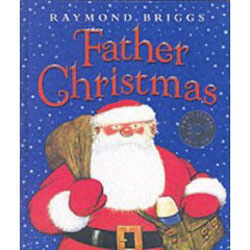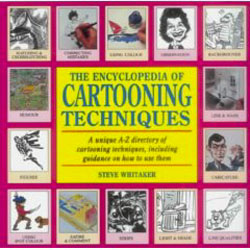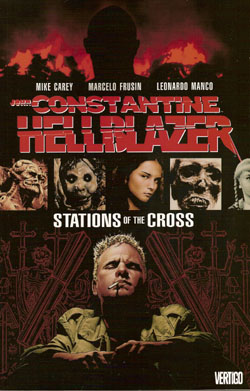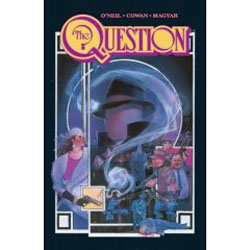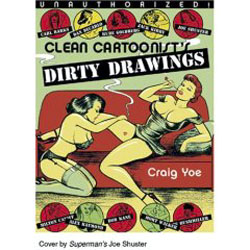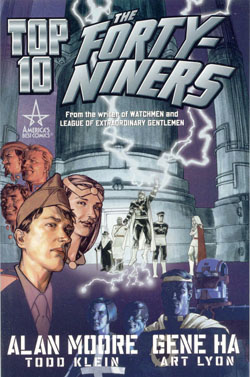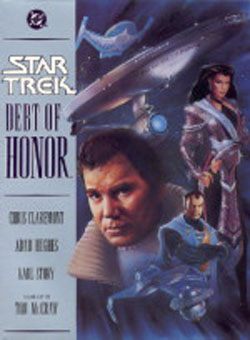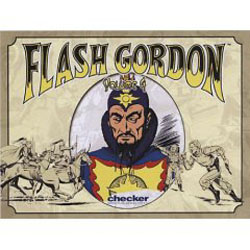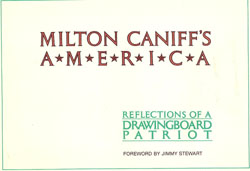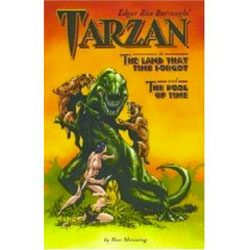
By Russ Manning (Dark Horse Books)
ISBN13: 978-1-56971-151-4
I first came across this little gem as a British hardcover annual published by Treasure Hour Books, produced by the American licensee for the European market – a common practice back then for the relatively few truly international brands like Tarzan or Mickey Mouse.
Russ Manning was an absolute master of his art, most popularly remembered for the Star Wars newspaper strip, Magnus, Robot Fighter and both the comic-book and newspaper strip incarnations of Edgar Rice Burroughs’s immortal Lord of the Jungle. Like many of his predecessors his Tarzan work never strayed far from the canonical texts and in this particular case he combined the fabulous Lord Greystoke with another of Burroughs’ fantastic creations. ‘Caspak’ was an island where creatures from all eras of time existed simultaneously, and which were featured in the novels The Land that Time Forgot, The People that Time Forgot and Out of Time’s Abyss as well as a couple of incomprehensibly successful movies.
In this beautifully illustrated volume Tarzan accompanies his friend Van Clenard on a voyage to Peru. The heartsick young man is following his troubled fiancé Lya Billings who has gone missing whilst hunting for Caspak and the hidden secret of her own birth.
When the pair finally find her it is in a fabulous and terrible land where cave-men live alongside dinosaurs and where bloody danger waits at every turn. To rescue Lya and escape the Island they have first to solve the mystery of how evolution ran wild, in a world where human aggression and cupidity seem to be the only constant…
Manning was not only a master draughtsman of the classical school but also a storyteller of unparalleled brilliance. This old fashioned adventure is joy to behold and a delight to read. Pure magic for action-fans of all ages…
© 1974, 1996 Edgar Rice Burroughs Incorporated. All Rights Reserved.

